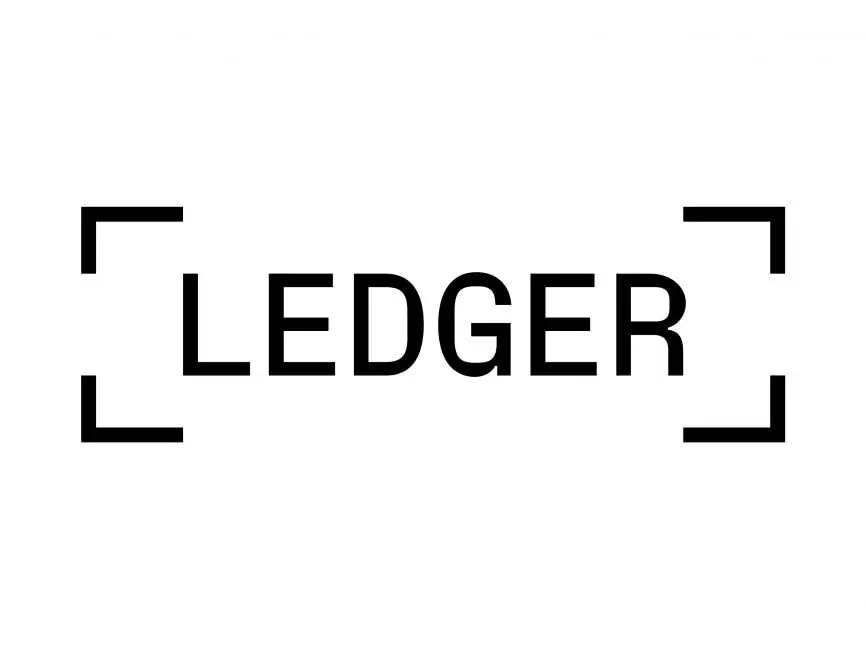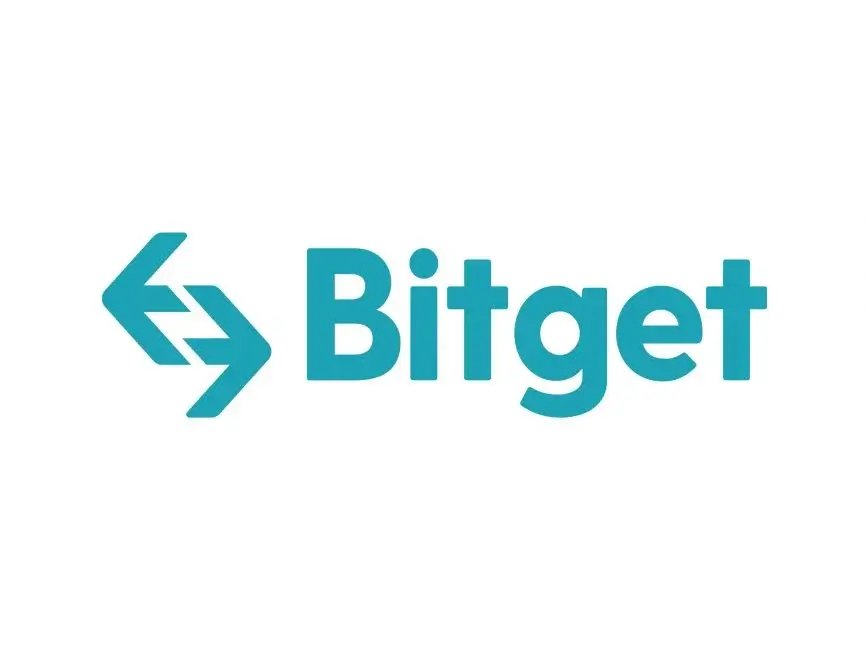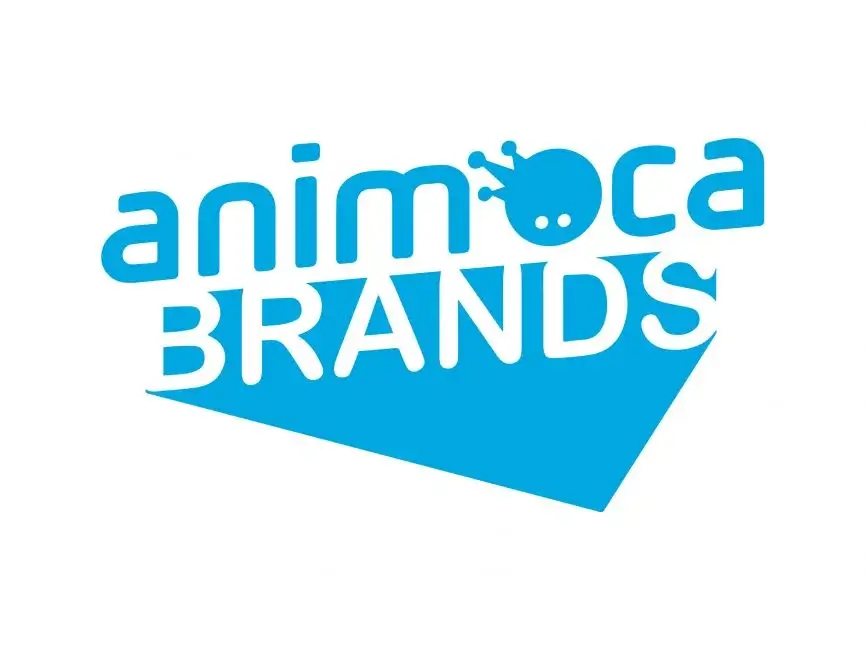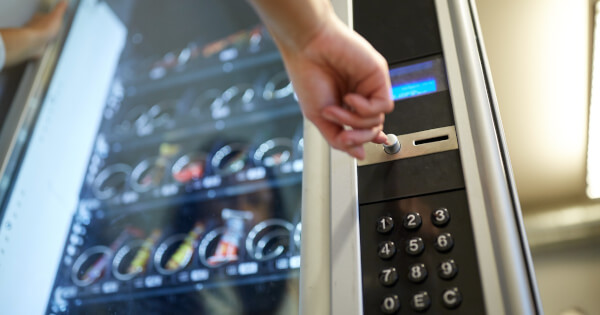Crypto has become so intriguing that over 560 million users trade it, earn it, win it, or basically interact with it in any way possible. You have hundreds of thousands of crypto projects available in the market, each coming with certain features that make your crypto trading easier, safer, or faster. And while it would […]
The post What Is Base Crypto Platform? Introduction to Coinbase’s Base appeared first on Coindoo.
Crypto has become so intriguing that over 560 million users trade it, earn it, win it, or basically interact with it in any way possible. You have hundreds of thousands of crypto projects available in the market, each coming with certain features that make your crypto trading easier, safer, or faster.
And while it would be easy to use only one crypto platform, sometimes you need more, depending on your crypto-related activities. Fortunately, some crypto projects help you find most of what you might need in one place, and Base network is one of them.
-----Cryptonews AD----->>>Sign up for a Bybit account and claim exclusive rewards from the Bybit referral program! Plus, claim up to 6,045 USDT bonus at . https://www.bybit.com/invite?ref=PAR8BE
<<<-----Cryptonews AD-----
So, what’s Base, how does it work, and how can you access it?
Table of contents
What Is Base?

Base is an L2 (Layer 2) network developed by Coinbase, the second-largest centralized crypto exchange in the market. Base aims to provide a platform that improves the Ethereum network’s speed, security, and accessibility while reducing costs.
Coinbase has designed Base to perform transaction-heavy work without compromising the security and decentralization benefits often seen in blockchain technology. As a side platform to improve Ethereum, Base uses the OP Stack, a series of protocols specifically designed for scalability and security.
By integrating Base into the Coinbase ecosystem, users have access to various services, including decentralized exchanges, lending platforms, and even games, all at a significantly lower cost compared to the main Ethereum network. This makes Base a promising player in the blockchain ecosystem, offering a cost-effective solution for Ethereum-based operations.
It is essential to note that Base does not have a native gas token, and users are advised not to consider projects that say they send fake Base tokens. The platform does not yet plan on issuing a network token.
How Does Base by Coinbase Work?
Base leverages the Ethereum layer 2 blockchain technology. This way, it processes transactions off the main Ethereum network, bundling multiple transactions together through rollups. This practice lowers transaction fees and increases transaction speed, making it a more efficient and user-friendly option for developers and users alike.
Through these rollups, Base can handle a higher volume of transactions without congesting the main network, Ethereum, which is already congested at certain times. This can improve the Ethereum blockchain’s overall performance while reducing costs, which can get surprisingly high when a high number of transactions need to be processed.
OP Stack

As we mentioned before, Base network works by using the OP stack. The OP Stack was released in October 2022 and is the result of a fruitful collaboration between OP Labs and The Optimism Collective, two entities that have also developed the Optimism network and the DAO behind it.
The OP Stack provides almost everything developers might need to build a fully functional layer 2 network. Furthermore, most of the OP Stack features can be easily replaced or even upgraded, allowing layer 2 networks to adapt to various situations.
Coinbase was the 2nd crypto project to use the OP Stack. The OP Stack release date was short before Coinbase started developing its layer 2 network, and, along with Optimism, it was the project that made the OP Stack popular and contributed to OP Labs’ vision for an Optimism Superchain.
Optimism Superchain

The Optimism Superchain is a concept that consists of a network of interconnected Ethereum layer 2 platforms, each providing its own ecosystem and collaborating with the main Ethereum network, making it easier to navigate and less congested.
All networks of the Optimism Superchain should be developed using the OP Stack infrastructure, making them interoperable. The Optimism Superchain would allow all its networks to share governance and bridging protocols.
The Base Ecosystem
Since its launch almost one year ago, the Base ecosystem has become home to hundreds of decentralized exchanges, DeFi platforms, lending platforms, DAOs (Decentralized Autonomous Organizations), and many others, working tirelessly to increase transaction speed, security, and safety, while also reducing transaction costs.
The new network can be considered the most popular Ethereum-based crypto platform, helping thousands, if not even millions, of crypto enthusiasts perform various crypto-related activities.
But what are some of the most popular crypto projects now available on Base?
Chainlink

Chainlink is a decentralized oracle network that enables smart contracts to securely interact with real-world data and external APIs. Within the Base ecosystem, Chainlink provides reliable and tamper-proof data feeds, increasing security for decentralized applications.
With the help of Chainlink and its data feeds, developers can create more complex and reliable dApps on the Base platform. It also benefits from smart contract integration, which allows the platform to access off-chain data.
Chainlink’s native token is called LINK and is used to reward node operators for retrieving data, running computations, and performing other activities within the Chainlink ecosystem. Node operators can also stake LINK to earn extra tokens.
AAVE

AAVE is a decentralized protocol allowing users to lend and borrow various cryptocurrencies with the help of smart contracts. It works by letting users deposit crypto into liquidity pools, thus offering them a way to earn interest by lending out their funds. Borrowers can then use those funds as collateral to borrow other types of cryptocurrencies.
AAVE works based on variable interest rates, which are determined algorithmically based on supply and demand within each liquidity pool. Depending on their risk tolerance and borrowing needs, borrowers can choose between stable and variable interest rates.
Ledger

Ledger is probably the most popular hardware wallet-issuing company. Its hardware wallets are among the most trustworthy crypto storage solutions, used by a significant number of crypto traders. Through its products, Ledger aims to provide “uncompromising security for the crypto ecosystem,” its main belief being the power of self-custody.

The most popular Ledger wallets include Ledger Nano S Plus and Ledger Nano X. Ledger Stax is another surprising device called “the first in the next generation of crypto wallets.”

Bitget

Bitget is a crypto exchange and trading platform that provides various trading services and a wallet app. It allows users to leverage derivatives trading, margin trading, staking, and various opportunities, all gathered in a user-friendly mobile app available on Android and iOS devices.

The Bitget crypto exchange and wallet support hundreds of cryptocurrencies, allowing users to sell, purchase, store, and trade them seamlessly while also focusing on security and user safety.
Animoca Brands

Animoca Brands is a crypto company specializing in digital entertainment, blockchain, and gamification technologies. It was founded in 2014 by Yat Siu and David Kim and has established itself as a key player in the crypto gaming sector. The company is also called “the powerhouse in the Web3 space.”
Animoca Brands’ portfolio is truly impressing, the most popular project developed probably being The Sandbox, a crypto game slightly similar to Minecraft. In The Sandbox, users can discover a virtual gaming world where they can create, share, and monetize their own game experiences.
Base Advantages
Base comes with many advantages, the most important one probably being the fact that it decongests the Ethereum network. For Ethereum, scalability has been a significant problem, so any platform that can help it reach scalability faster or easier is a top contributor to the Ethereum ecosystem.
However, Base has many other advantages, such as:
- Transaction speed – Through its rollup feature, Base can process transactions quicker than Ethereum, increasing efficiency across the entire main network, especially during times when the number of transactions in the queue is surprisingly higher;
- Lower fees – Thanks to its features that reduce transaction processing times, Base also leads to lower transaction fees. This makes Base a better option for crypto users. They still benefit from Ethereum features, but with added advantages;
- Developer-friendly – As we mentioned before, OP Stack makes Base easily adaptable. The fact that the elements from OP Stack can be modified or changed makes Base easy to improve;
- Accessibility – Base is integrated into the Coinbase ecosystem, which is easily accessible by worldwide crypto enthusiasts. This makes Base easily accessible, too.
What Does Base Support?

Base supports all sorts of crypto-related platforms. First, it supports dApps in general. By simply accessing its website and going to the “Apps” section, you will see numerous categories available, such as:
- Bridge;
- DAO;
- DeFi;
- Gaming;
- Infra;
- NFT;
- Onramp;
- Security;
- Social;
- Wallet;
- X-Chain.
Thus, it is fair to say that Base can support almost any type of platform within the crypto market. It also supports NFTs (Non-Fungible Tokens), along with the dApps a crypto user might need to have an easier life while dealing with cryptocurrencies.
FAQ
How to use Base?
To use Base, you simply have to access its website and connect with your wallet. You have numerous options to choose from, including Coinbase Wallet, MetaMask, Uniswap Wallet, Rainbow, or WalletConnect, which includes many other wallets in the market.
What is the difference between Ethereum and Base?
Base is a layer 2 network developed on Ethereum. This means that it is part of Ethereum’s ecosystem and benefits from its features while also helping Ethereum reach higher scalability.
Is Base owned by Coinbase?
Yes, Base was developed by Coinbase and is owned by the crypto exchange company.
Can you buy Base from Coinbase?
At the moment, there is no native token for the Base ecosystem, and Coinbase stated that it does not plan on issuing one just yet. Thus, don’t get fooled by users offering you Base tokens.
In Conclusion
Base is one of the most innovative platforms developed in the past years, being like a little gem in the Coinbase ecosystem. It acts as a layer 2 network for the Ethereum blockchain, improving security and transaction speed while also aiming to reduce fees significantly.
Built with the help of OP Stack, Base is easily adaptable, making it easy for blockchain developers to build dApps on Base and improve them.
In time, it is highly possible that Base will become the top layer 2 network in the Ethereum ecosystem, considering its features and rapid evolution. Although it has been around for less than a year, Base already gathers hundreds of dApps around its concept, being home to pretty popular platforms, such as Animoca Brands, Chainlink, and AAVE.
The post What Is Base Crypto Platform? Introduction to Coinbase’s Base appeared first on Coindoo.





